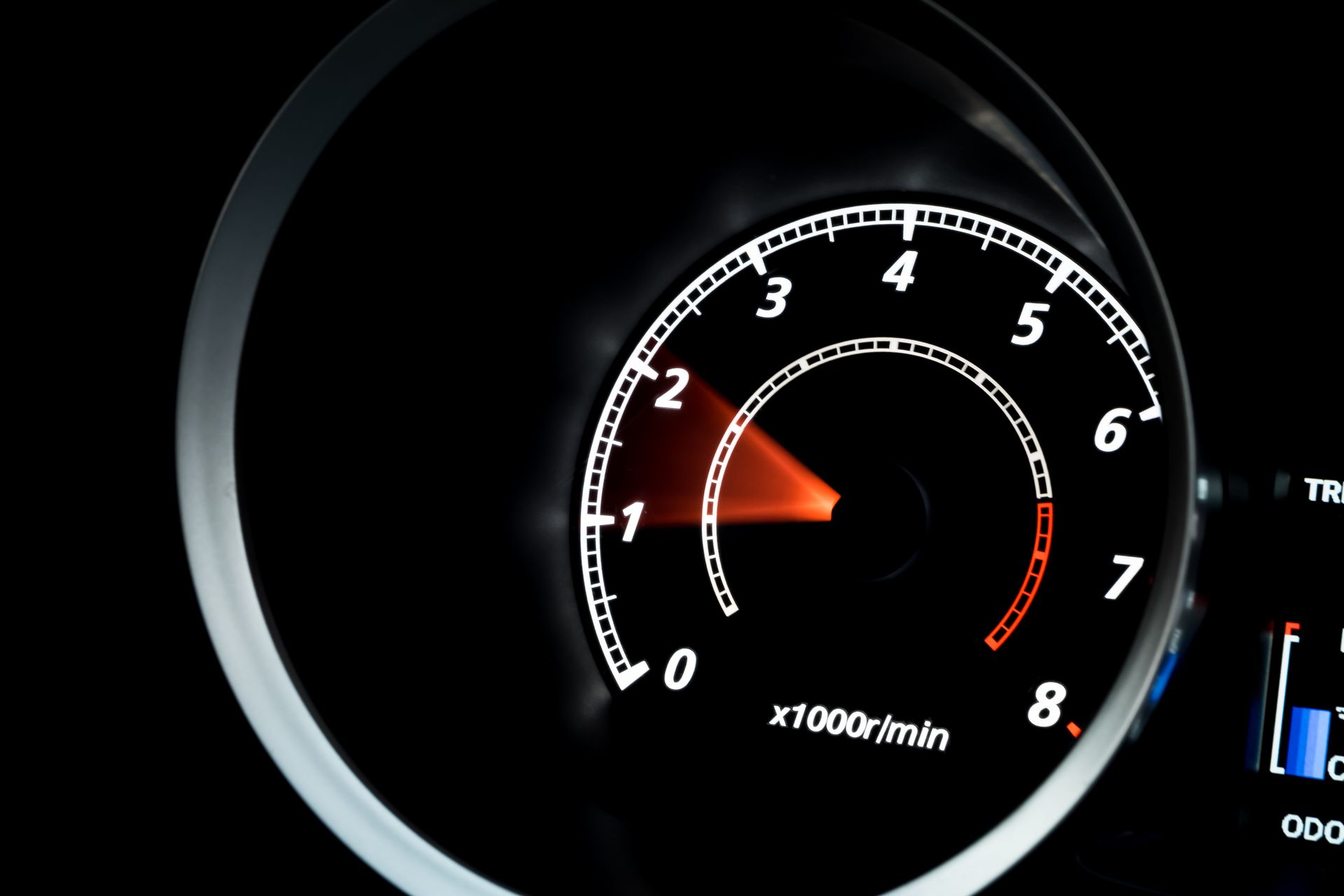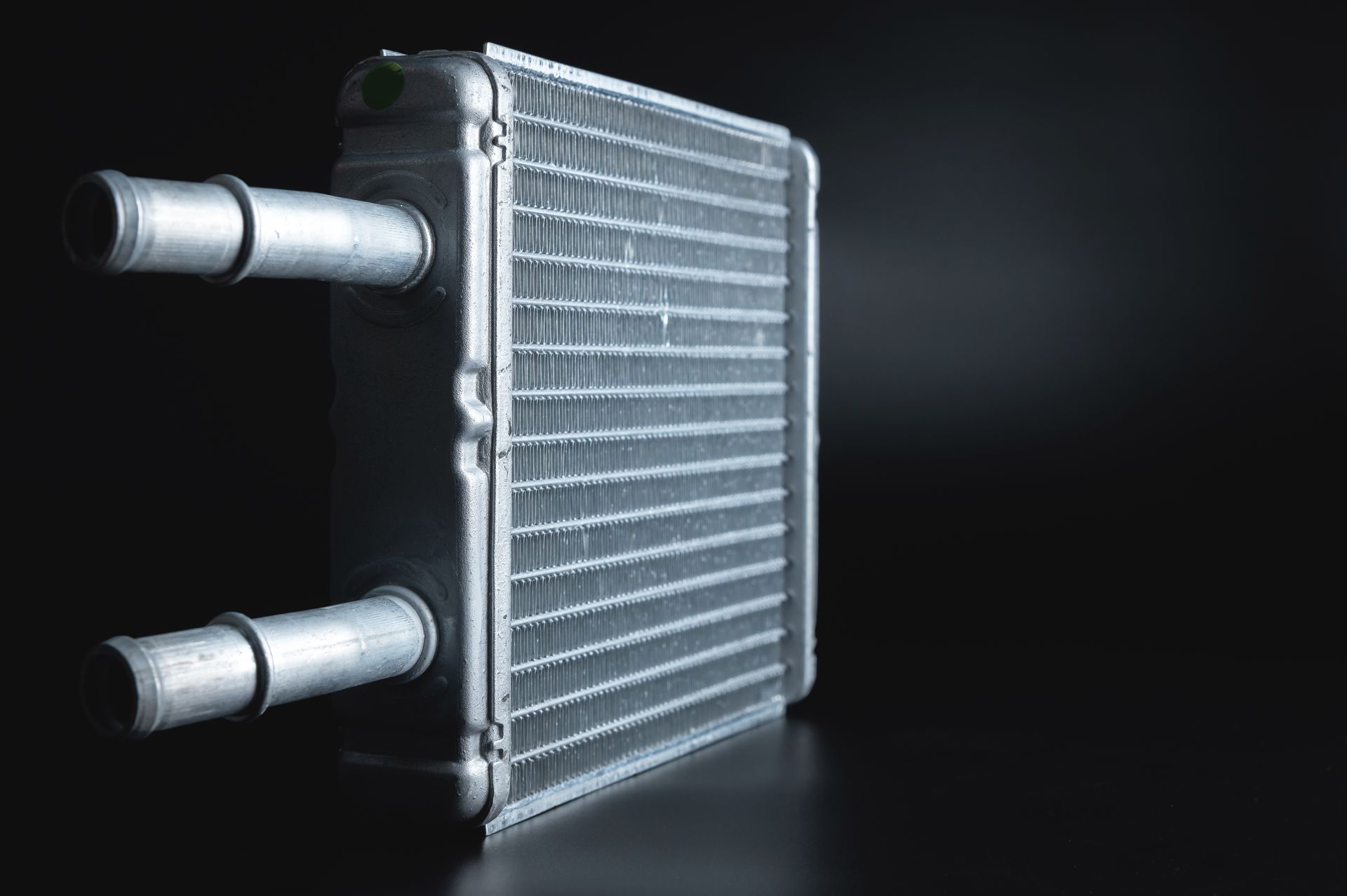Seeing the check engine light come on is never a welcome surprise. While it doesn’t always signal an emergency, it’s a warning that something in your vehicle’s engine or emissions system isn’t working as it should. If you're a DIY-minded driver, you might wonder: can you clear the light yourself using a diagnostic scanner?
Let’s explore how scanners work, what happens when you clear a code, and why it’s usually smarter to address the issue before erasing the warning.
What a Check Engine Light Really Means
The check engine light (or malfunction indicator lamp) is part of your car’s onboard diagnostics system, or OBD-II. When your car’s computer detects a problem, such as a misfire, emissions issue, or sensor malfunction, it stores a code and activates the warning light.
These trouble codes don’t tell you exactly what’s wrong, but they point in the direction of the issue. A scanner can retrieve these codes so you or a technician can begin diagnosing the problem.
How an OBD-II Scanner Works
An OBD-II scanner plugs into a diagnostic port, usually located under the dashboard near the driver’s seat. Once connected, the scanner reads the stored trouble codes in your vehicle’s computer.
Some basic scanners simply display the codes (like P0300 for a random misfire), while more advanced models provide additional data like freeze-frame snapshots or live sensor readings. Many scanners also have a feature to clear codes and turn off the check engine light.
But clearing the code doesn’t fix the problem—it just resets the warning temporarily.
Should You Clear the Code Without Fixing the Problem
It can be tempting to ignore the warning signs and hope for the best, especially if your car appears to be running fine. But doing so doesn’t resolve the underlying issue. In fact, if the problem still exists, the light will usually come back on after a few drive cycles.
More importantly, clearing the code can erase valuable diagnostic information that a technician would use to find the cause. If you take your car in after clearing the code, they may have less information to work with, potentially making the repair process harder and more expensive.
Risks of Ignoring or Erasing Codes
Some issues that trigger the check engine light are relatively minor, such as a loose gas cap or a faulty oxygen sensor. Others, like engine misfires or catalytic converter failure, can damage your engine if not addressed quickly.
Clearing the code without understanding its meaning could delay critical repairs. For example, if your engine is running rich or lean, it could lead to poor fuel economy, increased emissions, or even overheating.
In short, while you can clear the light, it’s more important to know why it came on in the first place.
When It’s Okay to Clear the Light
There are a few scenarios where clearing the check engine light may be appropriate:
After repairs
Once a problem has been correctly diagnosed and repaired, clearing the light resets the system and ensures it doesn’t linger unnecessarily.
To see if it reappears
In some cases, especially after addressing a possible cause (like tightening the gas cap), clearing the code can help confirm whether the fix was effective.
During emissions testing preparation
If you’ve completed repairs, you may need to reset the light before a test, but only after confirming the issue is fully resolved.
Even in these cases, it’s wise to scan again after a few drive cycles to confirm that no new codes have appeared.
Scan, Diagnose, Repair
If your check engine light comes on, the best course of action is to scan for codes and investigate the root cause before deciding to clear anything. Some problems are simple, while others require a deeper inspection of sensors, wiring, or emissions components.
Ignoring the warning or repeatedly clearing the light without making repairs can lead to worse performance, higher repair bills, or a failed inspection.
Get Accurate Diagnostics at GenAuto in Lawrence, KS
At GenAuto in Lawrence, KS, we help drivers decode their check engine lights the smart way. Our experienced technicians utilize advanced diagnostic tools to interpret error codes, inspect related systems, and pinpoint the actual cause of the warning—no guesswork involved.
If your check engine light is on, don’t just clear it and hope it stays off. Let the team at
GenAuto perform a professional scan and provide real answers, so you can get back on the road with confidence and peace of mind








